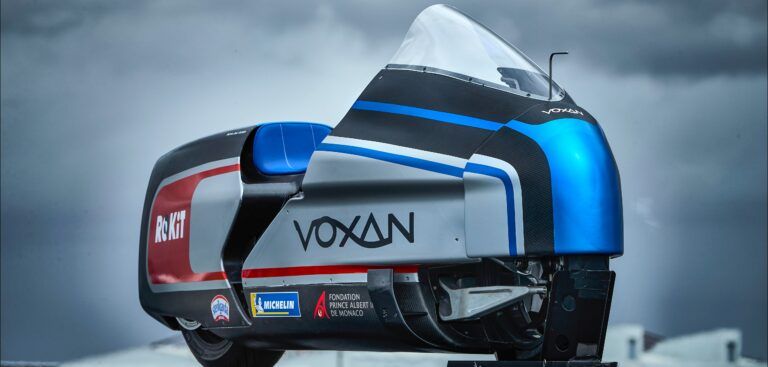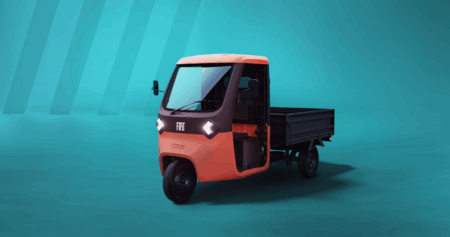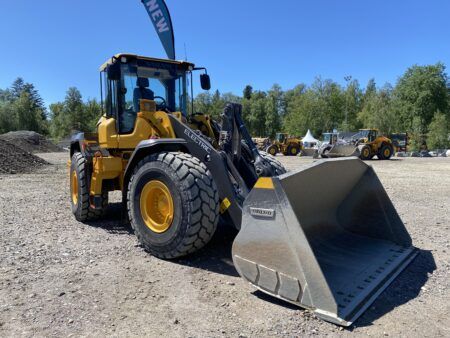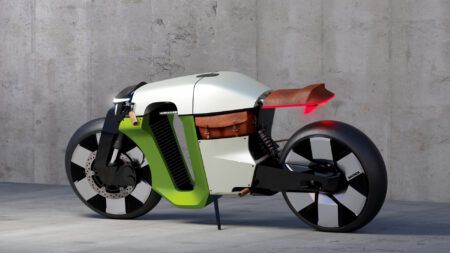Motorcycle manufacturer Voxan will be heading to Boliva’s salt flats next year where it will be bringing its newly-unveiled Wattman high-performance electric motorcycle, which has been specifically built to set a new land speed record. Here’s the technical detail on how it aims to achieve this.
Voxan Motors, which is now owned by Venturi, has created the Wattman entirely from scratch, not built from any existing platform. Aiming for a top speed of 330km/h (205.5mph), it will look to beat the current record of 329km/h (204.48) set in 2019 by a Mobitec EV-02A bike.
Precise engineering has gone into the Wattman, with aerodynamics and a specialist powertrain and battery system, playing a crucial role.
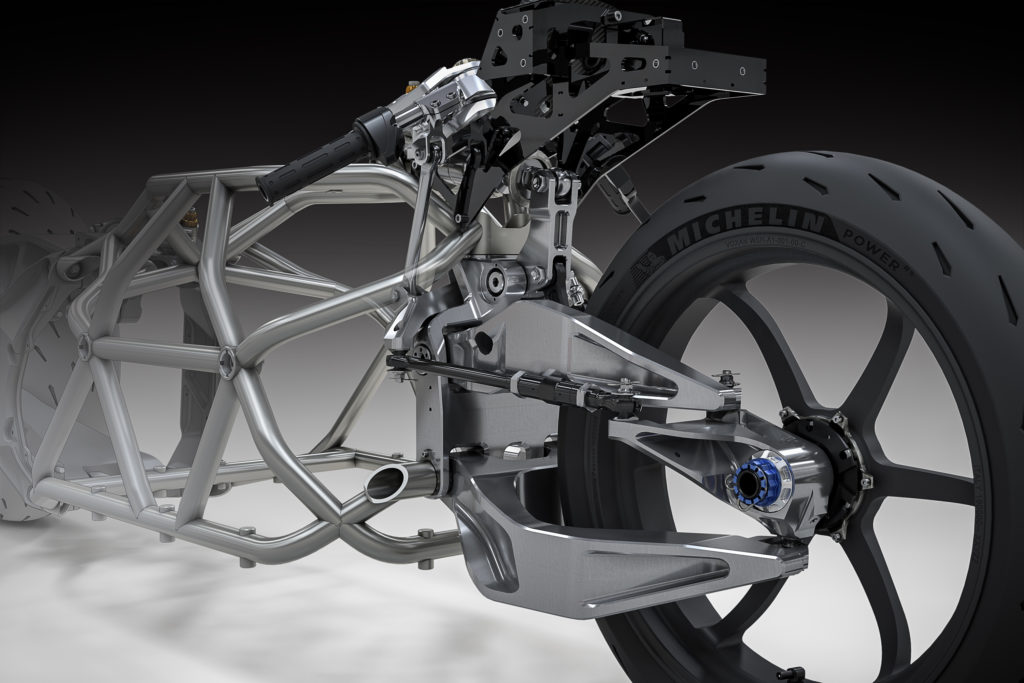
The Voxan Wattman boasts some special technical characteristics that set it apart from conventional motorcycles. To maximize the distance between the front and rear wheels (a longer wheelbase provides more stability), Voxan’s engineers designed the motorcycle with a double-wishbone front suspension, rather than a telescopic fork. This keeps both sides of the wheel clear, a practical solution that helps lower drag while allowing for quicker and easier replacement. The bike is steered by a link and swingarm, allowing the rider to sit further back and lowering the machine’s center of gravity. The chassis is made from aerospace-grade steel, while the running gear and wheel rims are aluminum.
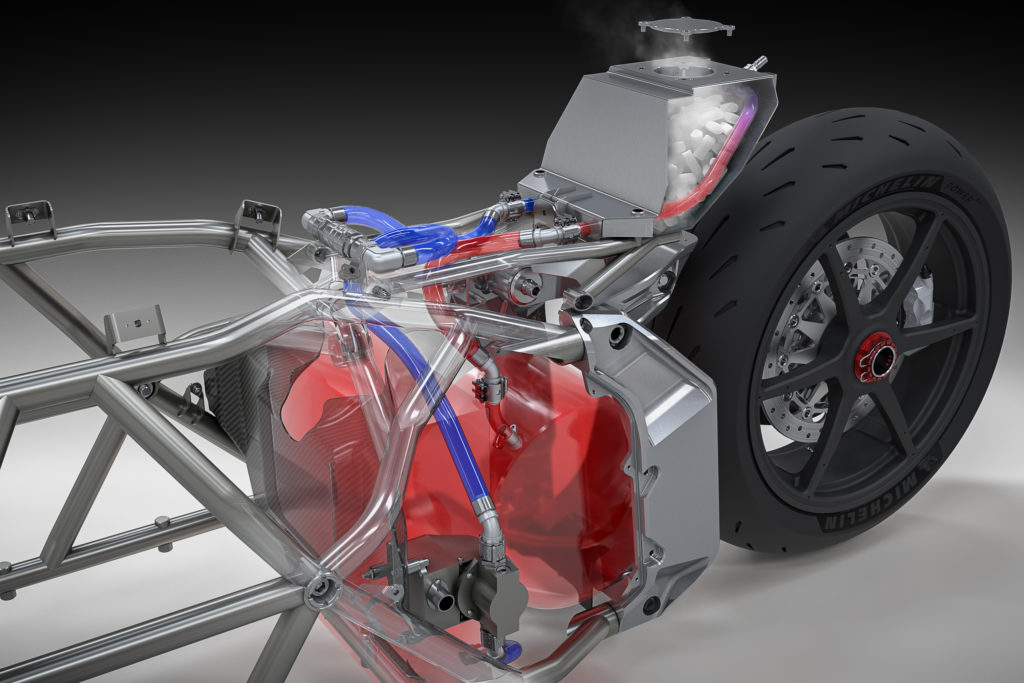
Wattman has no conventional cooling system. This means it is able to dispense with a radiator, something that is seen as an aerodynamic disadvantage. To prevent overheating, the fluid present in the circuit is cooled by dry ice (carbon dioxide compressed to the solid state, “dry” ice that does not become water when it melts), contained in a tank mounted under the seat. The cooled fluid is then pumped through the cooling circuit which runs through the heart of the powertrain.
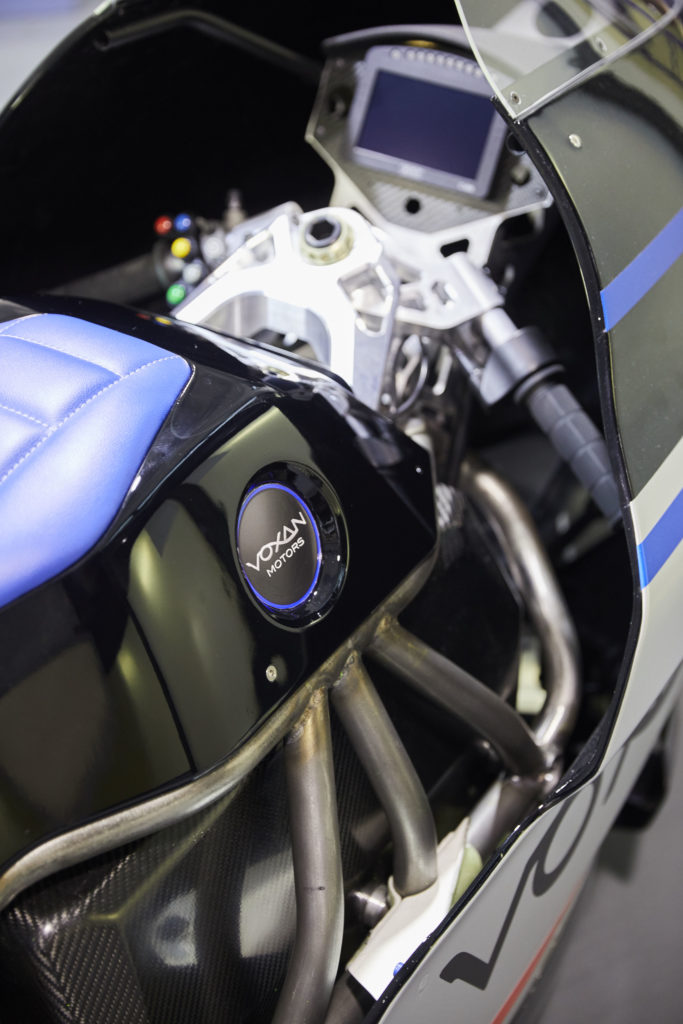
It also has a proprietary battery design. In conventional industrial settings, the battery is usually sourced off-the-shelf from a partner manufacturer. However, the unique nature of this motorcycle, the limitations posed by the battery’s weight (nearly 50% of the Wattman’s total mass) and the required level of performance, all meant that there was simply no battery on the market that fit the bill. So Voxan Motors’ engineers decided to design the record-targeting Wattman’s power unit themselves. To do so, the team based in Monaco enlisted the help of Venturi North America, the Group’s subsidiary based in Columbus, Ohio, at the campus of Ohio State University (OSU).
It was there that the Voxan Wattman’s battery was created and built. The engineering students selected the most powerful cells on the market, put them through a series of bench tests, then assembled them in numbers before shipping them to Voxan Motors’ workshop in Monaco, where the teams incorporated the unique battery into the heart of the machine. The challenge was to find the parts that offered the best possible power-to-size ratio, since range is not a priority for a world speed record attempt. With 1,470 cells (and a weight of 140 kg), the Voxan Wattman’s battery delivers 317kW of nominal power, with a capacity of 15.9 kWh.
Having the expertise of the Venturi Group, Voxan has been able to source its engine engineering from Formula E and put it to work on the electric bike.
“We have poured all of the Venturi Group’s accumulated experience into this motorcycle world speed record project”, explains Franck Baldet, the project’s technical director. “It has proved valuable, particularly for the process of optimizing the Wattman’s electronics, which we have had to develop completely, whether in terms of energy management or power management. Like Venturi vehicles, and also our first Formula E powertrains, the Voxan Wattman is entirely Made in Monaco.”
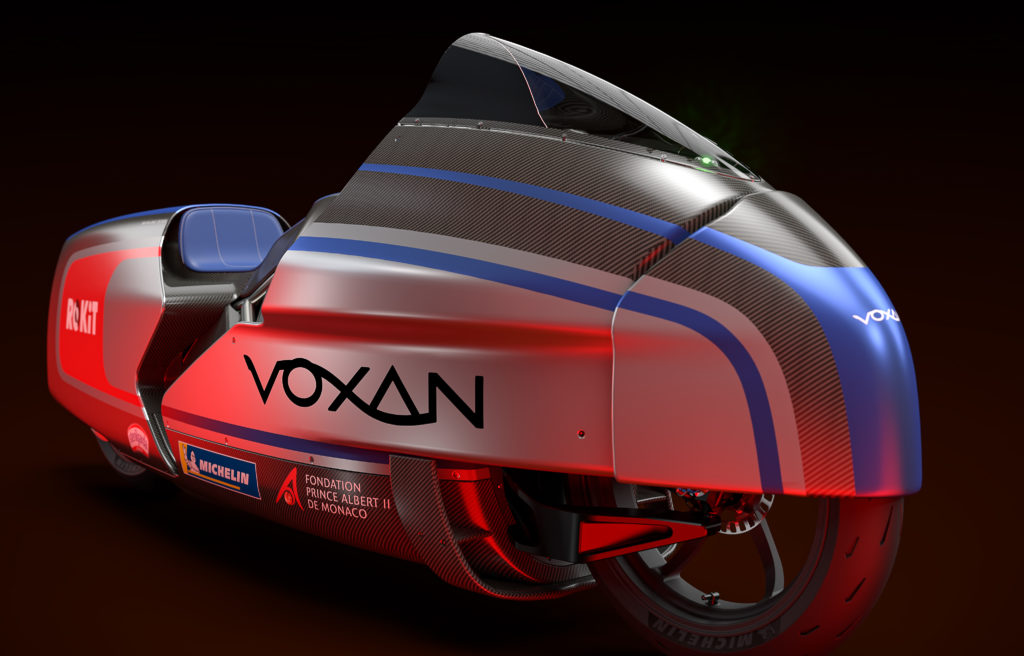
Voxan Wattman specs:
Engine:
- Technology: permanent magnet motor
- Power: 270 kW (367 HP)
Dimensions:
- Length: 2700 mm
- Width: 710 mm
- Height: 1030 mm
- Seat height: 610 mm
- Wheelbase: 1850 mm
- Ground clearance: 70 mm
Battery:
- Technology: Lithium-Ion
- Voltage: 756 V
- Energy: 15 kWh
Weight:
- Battery: 140 kg
- Moto: 300 kg
Transmission:
- Direct drive with timing belt
Cooling:
- Liquid, via water/ice exchanger


